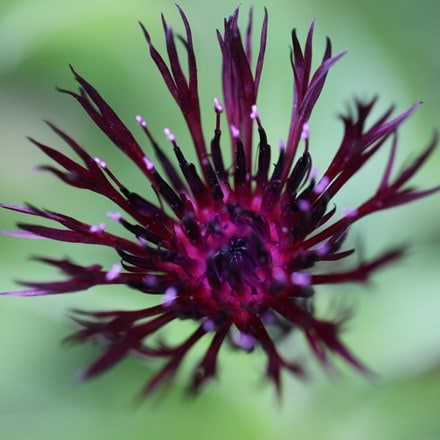Delphinium requienii
delphinium
- approx 30 seeds
- £3.74 £4.99
- available to order from autumn
Delivery options
- Seed Packets (only) £2.99
- Position: full sun
- Soil: fertile, moist but well-drained soil
- Rate of growth: average
- Flowering period: June to July
- Hardiness: frost hardy (may need winter protection)
Originating from Southern France, this unusual and vigorous delphinium produces loose clusters of orchid-like, pale lilac-grey flowers, each with a cluster of prominent purple stamens. These charming flowers appear from early summer on upright, branching stems and are extremely attractive to bees.
Mainly grown as an annual, as Delphinium requienii is typically short-lived, but it is a generous self-seeder, so in good conditions you will be ensured of a steady supply year after year.
Mainly grown as an annual, as Delphinium requienii is typically short-lived, but it is a generous self-seeder, so in good conditions you will be ensured of a steady supply year after year.
During the growing season, apply a seaweed or balanced liquid fertiliser every 2-3 weeks. While wearing gloves, stake the emerging flower spike with a stout bamboo cane and tie it in as it grows.
Cutting back the faded flower stems to a flowering side shoot will help encourage a second flush of flowers.
Sow delphinium seeds indoors from February to April or in late summer. Fill a seed tray or small pots with a fine, free-draining seed compost and firm gently. Sow seeds thinly on the surface and cover lightly with a thin layer of compost or vermiculite—light helps but they don’t need full exposure. Water from the base or use a fine rose to avoid disturbing the surface. Maintain a temperature of 15-18°C (59-64°F) and keep moist but not soggy. Germination may take 2-3 weeks.
Once seedlings are large enough to handle, transplant individually into small pots and grow them on in cooler conditions. Gradually harden off and plant out after the last frost. Late sowings should be grown on in pots and kept frost-free over winter, ready for planting out the following spring.
Once seedlings are large enough to handle, transplant individually into small pots and grow them on in cooler conditions. Gradually harden off and plant out after the last frost. Late sowings should be grown on in pots and kept frost-free over winter, ready for planting out the following spring.
- Humans/Pets: Harmful if eaten

